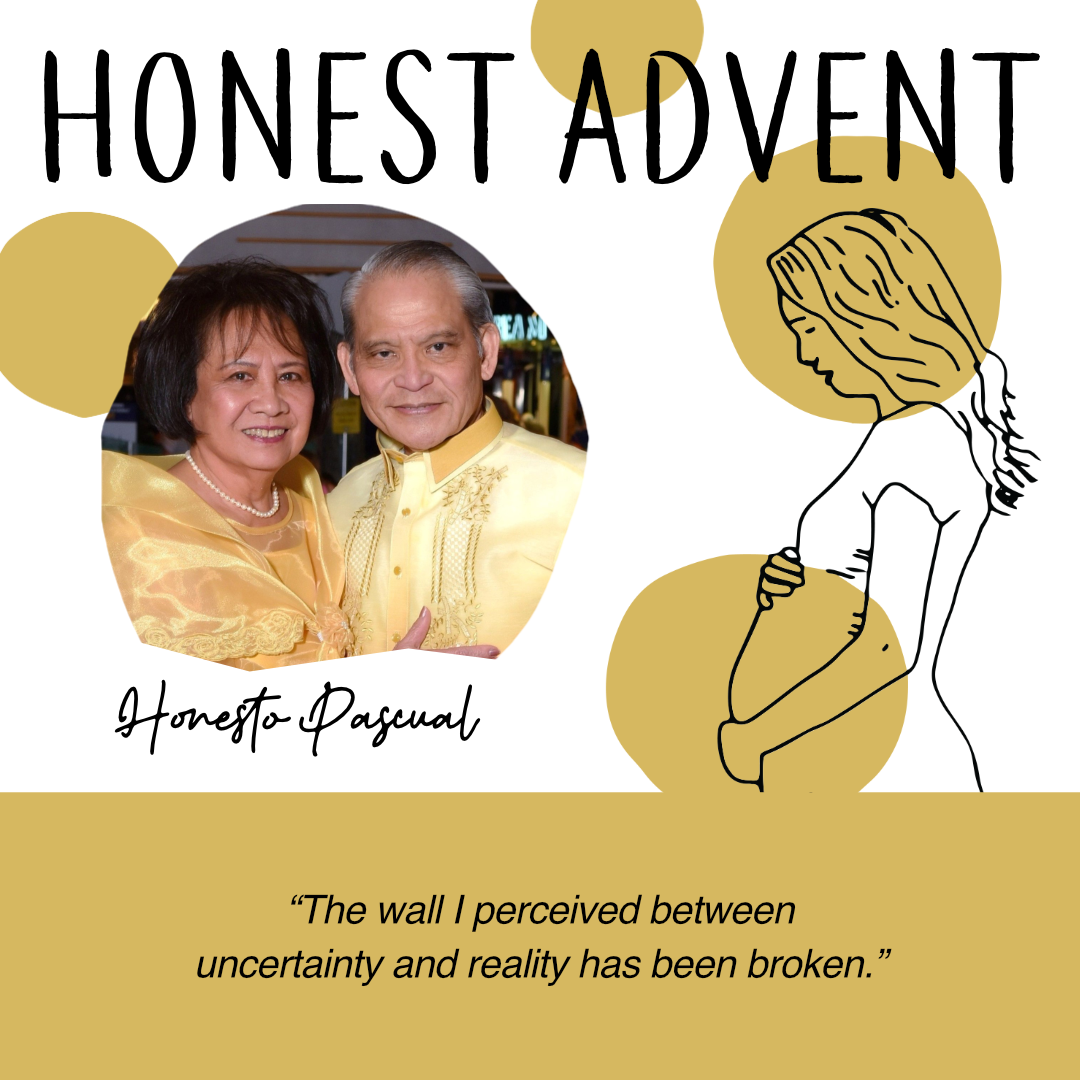There are three stages of labor in the birthing process; and there are two things that break during that process. In the first stage, the bag of waters (or amniotic sac) breaks spontaneously. In the second stage, the cord must be actively cut or severed by the birthingprofessional after the baby comes out.
As a medical student, I watched many babies being delivered. I assisted obstetrics/gynecology [OB/GYN] residents and attendings as a clinical clerk. Finally, as a medical intern, I delivered babies myself. During my clinical rotation in OB/GYN, I completed my required minimum number of deliveries during a 24-hour shift in a government hospital. Witnessing the birthing process to me was just a statistical requirement I had to fulfil to graduate with the MD degree.
Erickson writes, “If you’ve ever witnessed a birth, you know that every birth is a holy experience” (11). In my case, however, each birth was just another birth. There was no emotional feeling present, let alone having a “holy experience.”
But with one birth I was transformed into a different person.
It was Sabbath, May 9, 1970, at the Manila Sanitarium and Hospital. My wife, Carmencita, had been in the second stage of labor for several hours when Dr. Mike Fernando, her obstetrician, admitted her to the hospital for the birth of Elaine, our first-born child.
So far, it had been a normal uneventful process for both Dr. Mike and me, but not for Carmencita. She was in as much pain as expected. However, based on the extent of her uterine effacement and cervical dilation, the doctor advised me to attend church and to return after the service. Her second stage of labor continued to progress when I returned to the delivery room. The doctor instructed her on what to do with each contraction.
Then came the moment we had looked forward to for nine months. She was coaxed to make that last strong push, and Elaine came out normally. Truly, “To finally see what you have hoped for for so long is a breaking experience. (Erickson,159).
The delivery nurse took and cleaned her and brought her back to us sometime later. Although gripped by emotion, neither of us shed a tear. But my vulnerability emerged.
As I stood there savoring the sight of Carmencita cuddling Elaine, I was overwhelmed by the demands, responsibilities, and challenges of fathering this child. Indeed, “Parenting is one of the greatest and hardest adventures of a lifetime” (Erickson, 31). A panoramic view of her life from infancy to adulthood appeared before me. Each stage had more demands, responsibilities, and challenges than the previous one.
The waters had broken, the cord been cut, but what else would break as she emerged into adulthood? How would this child, born in the Philippines, but raised in the United States, cope? In her home the Filipino and American cultures would co-exist, and possibly clash. Would she remain a fourth generation Seventh-day Adventist? What would she be when she grows up? I was not yet familiar with the beautiful promises in Jeremiah 1:5 and 29:11, and a frightening wall between uncertainty and reality arose.
Scott Erickson asks, “Isn’t that what we’re hoping for this Advent? The breaking of the wall between ideology and incarnation? From words to real?” (Erickson, 160).
It has been almost fifty-three years since the memorable birth of Elaine. The wall I perceived between uncertainty and reality has been broken. With God’s help, Elaine finished college and graduate school at La Sierra University and Loma Linda University, respectively. She is married to an Adventist man. Their daughter, Sophia, is a sophomore at an Adventist university where she is quite active in music ministry. She was baptized almost four years ago by our younger daughter, Kharolynn. I’m grateful Elaine chose to stay in this faith community and today, Sophia is a fifth generation Seventh-day Adventist.
Two memorable births: first, the Advent, God with us, life-transforming to all; the other, Elaine’s, life-transforming to me. Two walls broken: one, from words to real; the other, from uncertainty to reality.
Honesto Pascual has been retired from medical practice for almost a year. He misses interacting with his patients. Carmencita enjoys his retirement.

